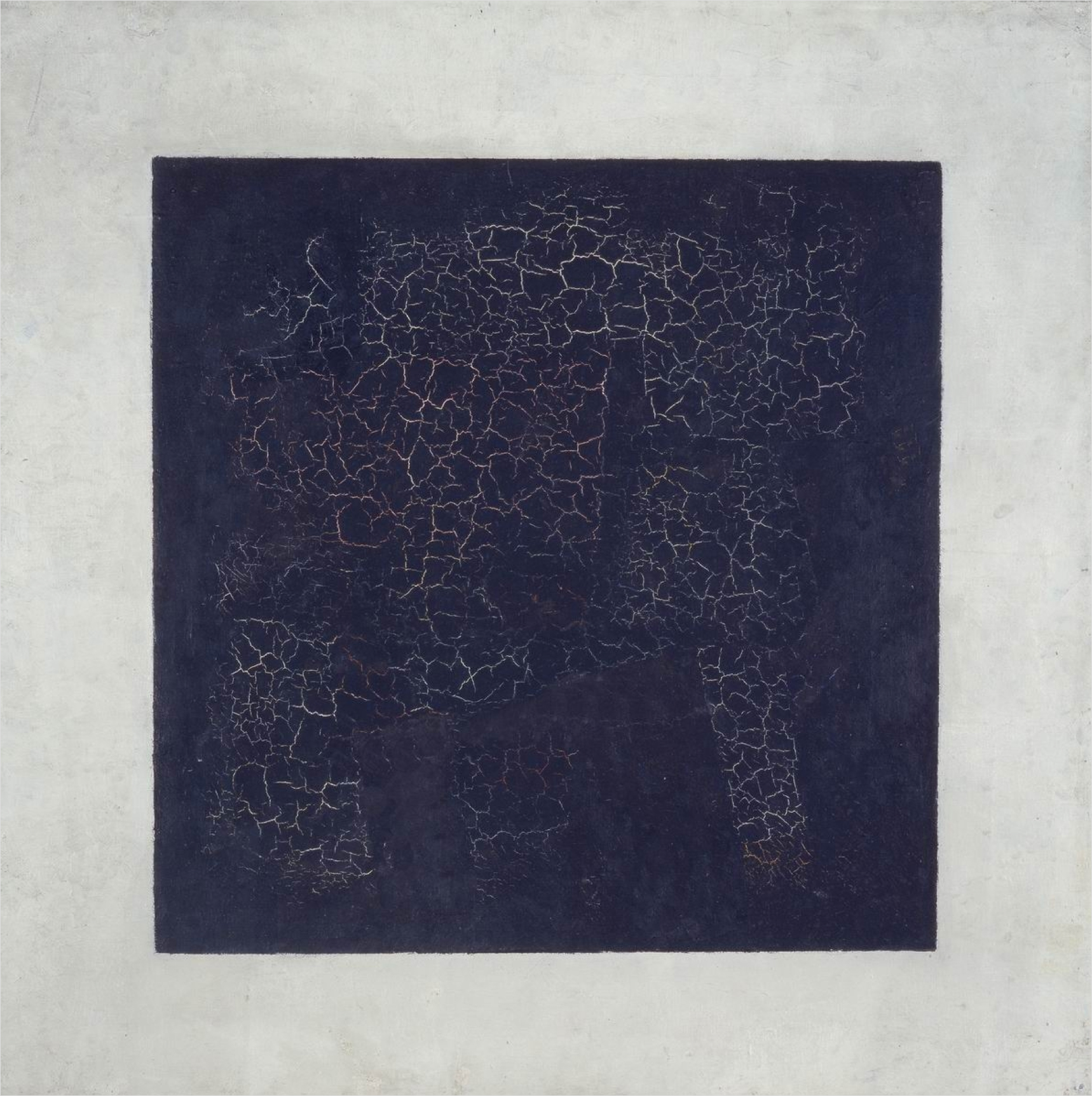
6 Forgotten Aspects of Minimalism
Minimalism — like so many movements — began with the arts. But it certainly branched out from there. During the past few decade, minimalism has earned an enthusiastic following, fueled by the proliferation of lifestyle-based websites and publications.
The term is now used as as ubiquitously and liberally as “vintage” was in the early 2000s. It has become a favored marketing tactic to tack on the word “minimalist” to the front of its name. Of course, this misses the point of minimalism. That’s probably clear to most people with any kind of awareness of what the term means.
Perhaps the best single phrase to convey the spirit of minimalism comes from Dieter Rams, who was the Chief Design Officer at Braun from 1961 to 1995:
Less, But Better
That’s the thing about minimalism: it’s about both minimizing and maximizing. It’s about minimizing stuff and maximizing quality. It’s about getting more, but from less — about staying focused on purpose, function, and essence.
Below is a list of what minimalism means to me, as I understand it. My hope is that it helps further the understanding of a valuable way of thinking.
- Minimalism isn’t just about fewer material things, it’s about fewer desires, fewer commitments, and less anxiety.
It is all well and good to adhere to minimalism regarding material goods, but if you merely replace your hoarding of material things with a hoarding of experiences (trips, gatherings, etc.) the result is the same: dissatisfaction.This dissatisfaction comes from having too many desires, and the fact that inevitably, many of them won’t be satisfied.
Minimalism has to also be about minimizing what it takes to satisfy you. That means actively working to close the gap between how you feel now and how you want to feel. This may entail getting rid of stuff; it may not. - The goal of minimalism is more about quality than anything else.
Most of the time, minimalism entails getting rid of stuff, and that makes sense. The source of a lot of anxiety is accumulation — be it the accumulation of physical stuff or the accumulation of unaddressed thoughts and feelings. So naturally, a purging operation can often be healthy. However, a continued obsession with getting rid of stuff and tidying up can be harmful and betray the spirit of minimalism.
It bears repeating that the goal of minimalism is not necessarily to have less stuff (after all, less than what? “Less” is a relative term.) The goal of minimalism is to have only stuff that adds value to your life, and nothing that doesn’t. So if you become obsessed with purging and tidying, you end up with one more impediment to being at peace, because you now have a desire to be tidy all the time — which is difficult to keep fulfilling. That’s not helpful. - Minimalism is about avoiding ostentation.
Many minimalists have embraced the phenomenon of tiny houses. Extremely small houses are fine, so long as the goal is not to show off how tiny and isolated one’s house is. Also, if you have to contort yourself and your lifestyle and pour more effort into your daily life just to make a tiny house workable, perhaps that’s not quite minimalist after all. - Don’t focus only on the means, and miss the end. Minimalism is not an end in itself. It’s a tool to get better quality by allowing more time and focus on fewer things. Anything else becomes a kind of minimalism pornography.
- Minimalism does have an aesthetic, but it’s more of an internal one.
Minimalism has a definite aesthetic element to it. Many minimalist designs are really cool to look at. But that external aesthetic is only a piece of the pie, and a small one, at that. Minimalism requires an internal aesthetic as well — a way of being that involves centering yourself and being focused and present.
On what? You may ask.
On what brings value. - Real minimalists probably don’t even call themselves minimalists.
Rams didn’t often use the word “minimalism”. In fact, he didn’t spend much time at all describing his approach at a meta level. He simply laid out principles for better design, and lived by them.
In the same way, I imagine that the more time a person spends talking and writing about how minimalist they are, the less they are really being a minimalist. That’s not surprising. Telling is not showing. And talking more rarely means you’re saying more.
If you enjoyed this, please consider subscribing to my once-weekly newsletter — Woolgathering. You’ll receive one email per week (no more) with some interesting stuff. I think you’ll like it.
